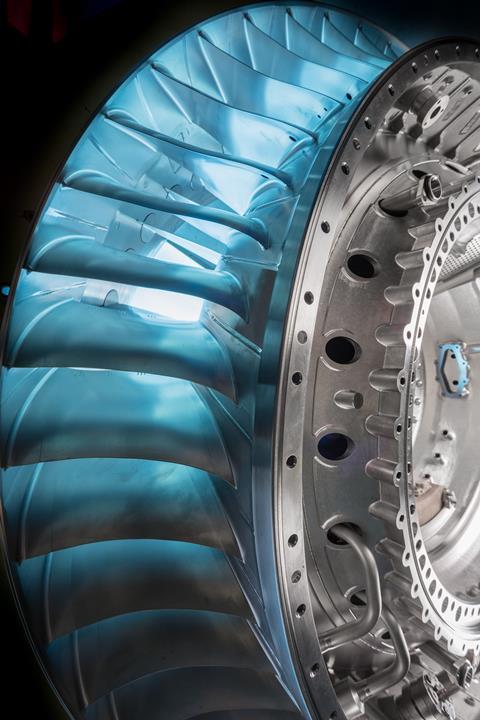In today’s fiercely competitive aerospace industry, everyone is seeking an edge. Airlines want simpler and quicker maintenance solutions to reduce downtime and cost, while aircraft and engine manufacturers are striving for ever higher efficiency levels – of both products and their production. In the meantime, environmental sustainability has become a priority for all.
To meet these ambitious goals, innovation is a necessity.
Additive manufacturing (AM) – popularly known as 3D printing – offers fast and innovative solutions to reduce disruption, material waste, energy consumption and costly downtime.

AM allows for the fabrication of intricate and complex designs that traditional manufacturing methods may struggle to replicate or cannot produce altogether. Highly customised and optimised components with improved fuel efficiency, enhanced thermal management, and increased power output – all of which are vital in the push towards more sustainable flight – can be created. What’s more, this technique can reduce development cycles and costs – expediting the introduction of complex, high-value products.
Since the first uses of AM in aerospace, with stereolithography used to produce plastic windtunnel models in 1996, there has been a dramatic uptake in the technology by the industry’s giants. For instance, Boeing now produces tens of thousands of metal and polymer AM components globally. And GE Aerospace has used the CFM International Leap engine to showcase how 3D printing can consolidate 20 parts into one, reducing weight and cost through an innovative fuel nozzle design.
By consolidating different parts into a single printed component, downstream manufacturing and assembly steps can be reduced, and supply chains simplified. Shortening supply chains, producing less waste, and using less material will significantly reduce the carbon footprint associated with building aerospace products. This is especially true if design for the environment strategies are applied at the design stage of products and components.
There are also MRO opportunities where on-demand manufacturing capabilities allow airlines to secure supply chains by reducing reliance on imports, as components can be printed closer to the point of use. This speeds up repairs as replacement parts can be supplied rapidly on-site. Not only does this reduce downtime, it also allows airlines to diminish inventory space as they no longer need to maintain vast warehouses full of spare parts.
Despite its benefits, uncertainty about AM’s ability to deliver on its promises is slowing the implementation of this technology. With more applications in service, confidence is growing that 3D printing can increasingly be used in aerospace beyond simple part production.

Nevertheless, industry needs a clearer vision of where it wants to apply the technology in future. It must also remember that implementation will not come without challenges. For AM to deliver on its promise, technical and commercial barriers such as process chain costs, supply chain maturity, and cost-effective certification must be overcome.
3D VISION
In an effort to reduce these barriers, The Manufacturing Technology Centre (MTC), which is home to the National Centre for Additive Manufacturing, is working closely with the Aerospace Technology Institute and the wider UK aerospace community to develop a roadmap and strategy for AM. This will present a clear vision for the industry’s future, outlining the necessary stepping-stones for the technology to progress within the sector and ensure adoption rates of AM in the UK remain internationally competitive.
The MTC also works directly with engineering companies to enhance product performance, de-risk projects, and provide access to rapid problem solving to speed up the route to market.
AM has an important role to play in transforming the aerospace sector and the wider manufacturing industry. This innovative technology has the potential to ensure aviation’s needs are met through secure supply chains, optimised product design and enhanced efficiency, whilst reducing the impact of air travel on the environment – all of which are crucial to the future prosperity of the sector.
John Stretton is director of Aerospace, Defence, and Security at the UK’s Manufacturing Technology Centre.


























